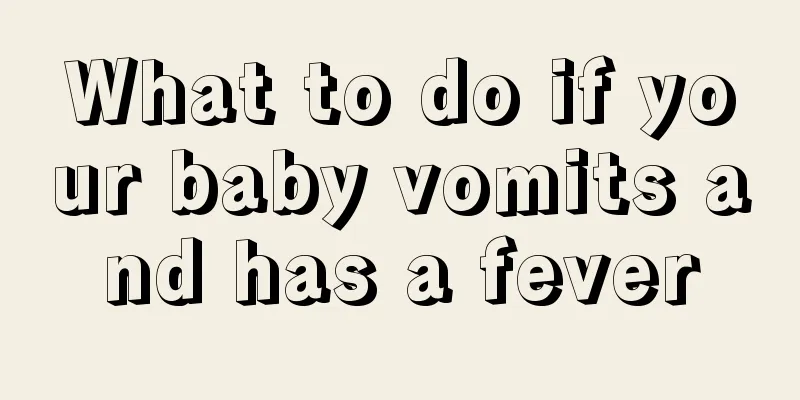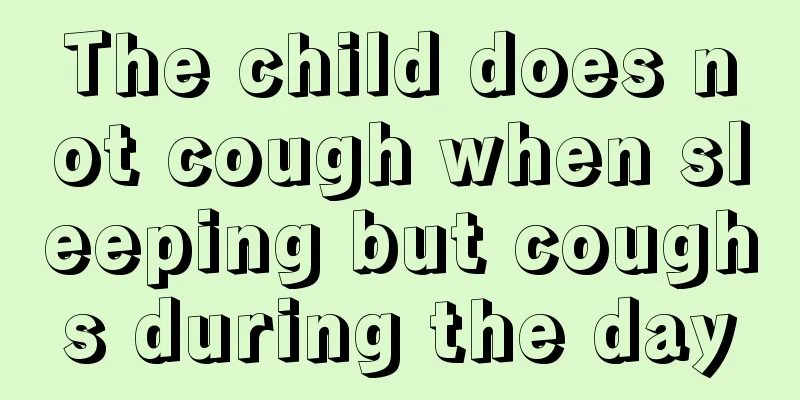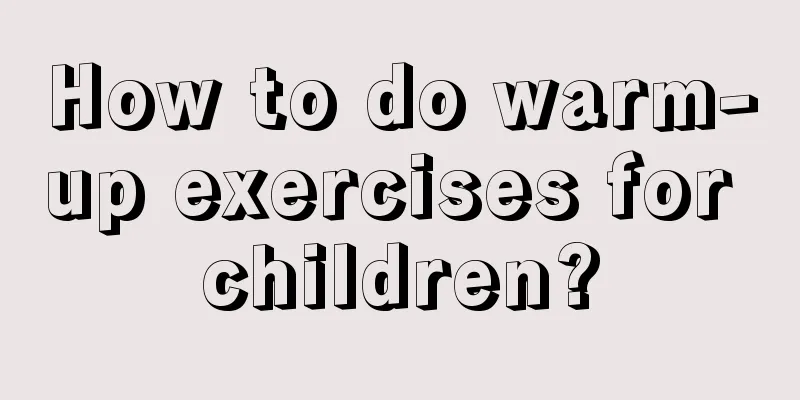What to do if your baby vomits and has a fever

|
What should I do if my baby has a fever and vomits? A baby's fever can easily cause vomiting and diarrhea. The air conditioning in summer and the temperature difference in autumn and winter can easily cause the baby's stomach to catch a cold. When the body temperature is below 38°C, generally no special treatment is needed. Applying a fever-reducing patch can help reduce fever. For fever and vomiting, if the baby is conscious and central nervous system diseases can be ruled out, gastrointestinal colds are more common, also known as "vomiting upper respiratory tract infections." They often occur at the beginning of the disease and are easily misdiagnosed as acute gastroenteritis. If your baby has a fever, don't rush to reduce the temperature. First of all, don't rush to reduce the fever, but find out the cause of the child's fever. Fever is not a disease, it is like an alarm bell for the body, reminding you that something abnormal is happening inside the body. At the same time, fever is also a defense measure of our body against pathogenic microorganisms. To a certain extent, appropriate fever is beneficial to enhance the body's resistance and eliminate pathogens. So if the child does not have a high fever, do not rush to reduce the fever immediately, otherwise it will hide the real cause of the disease. There are many causes of fever in children. Upper respiratory tract infection, gastroenteritis, tonsillitis, pneumonia and all infectious diseases may cause fever symptoms. In addition, babies under one year old may also develop fever due to urinary tract infections, gastrointestinal diseases, and hand, foot and mouth disease. In many cases, a doctor must be consulted to find out the real cause of the fever. Bacteria or viruses, the two types of infections require completely different medications Generally speaking, bacteria and viruses are the most common sources of infection for babies. The treatment methods for fever caused by these two situations are completely different. If it is a bacterial infection, the treatment effect will be very good as long as the right antibiotics are chosen. If it is a viral infection, there is currently no specific medicine. You can take Virus Ling, Isatis Root Granules, Honeysuckle, etc. The fever caused by viral infection will subside on its own after a certain period of time. You should not try to treat the fever by all means and use all kinds of medicine at once. How to deal with: 1. Replenish water. If you feel chilly and shivering, add a small amount of clothes. If not, reduce the amount of clothes and quilts to allow the heat to evaporate naturally. 2. Take a warm bath, pat the whole body with water slightly higher than body temperature, or soak it or use an ice pillow, but do not wipe it with alcohol, because it is more stimulating and causes tremors, blood vessels to constrict, and the body temperature to rise. 3. Antipyretic drugs such as Ventolin, Panadol, and rectal suppositories can be given according to the doctor's advice, but do not shorten the administration time or increase the dosage without authorization just because the fever has not subsided. 4. If you have cramps, unconsciousness, severe vomiting, diarrhea, difficulty breathing, abdominal tenderness and hardness, headache, neck stiffness, etc., you may have other complications and you must seek medical attention immediately. Finally, it is important to remind you that many parents often mix different types of antipyretic drugs for their children. Some impatient parents use oral medications and if the fever does not go down after half an hour, they add suppositories. However, the durability of various drugs is different, and mixing them may cause overlapping drug effects. As a result, the fever subsided too quickly and the body temperature dropped rapidly to below 36 degrees Celsius. New problems arise. Parents can choose an antipyretic drug and become familiar with its dosage and interval so that they can use it with ease. |
<<: What are the reasons why babies move their hands and feet when they sleep?
>>: What to do if your child has stomach pain and vomiting
Recommend
Why does the back of the head sweat when sleeping?
We all know that half of a person's life is s...
The child suddenly cried out in pain in the chest, what's going on?
When children are sick, they are often unable to ...
Is it necessary to bathe babies every day?
Children nowadays are very precious in every fami...
Why does a two-year-old baby snore when sleeping?
Two-year-old babies already have their own though...
How to treat nausea and diarrhea in children?
The baby's nausea and diarrhea are mostly cau...
Vertigo in children
Vertigo in children is mainly caused by illness, ...
What should I do if my 1-year-old baby has a cold and cough?
It is normal for children to catch a cold and cou...
How to treat pediatric hip synovitis?
Hip synovitis is a common disease among children ...
What should I do if my baby spits out clear water? Learn these methods!
For babies in the breastfeeding period, spitting ...
The harm of picky eating in infants and young children
Infants and young children grow relatively fast a...
What is the best way to wash baby's hair?
What parents pay most attention to nowadays is th...
What should I do if my child does not defecate?
It is very difficult for children to defecate. Ch...
Causes of cerebral palsy in children
During the baby's growth process, parents wil...
Treatment for green stools in newborn babies
We may have seen many children with green stools ...
Can children drink milk when they have a fever?
In fact, children can drink milk after they have ...









